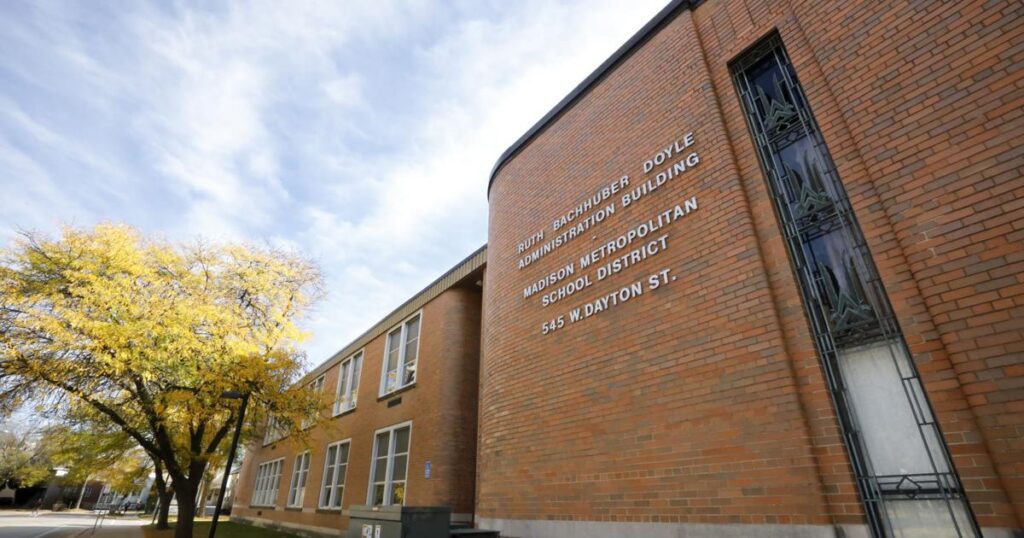More Madison School District students could be eligible for automatic admission to the Universities of Wisconsin under a district policy that avoids having to break ties among top-ranked students.
The district says its approach to the new Wisconsin Guarantee program complies with the law that created it, while the primary author of the law said neither her bill nor the law addresses Madison’s approach and it would take a court challenge to determine whether it is legal.
Under the Wisconsin Guarantee, students who rank in the top 5% of their class are guaranteed admission to the Universities of Wisconsin’s flagship UW-Madison campus, while students who rank in the top 10% are guaranteed admission to the system’s 12 other four-year schools.
Rankings, however, can only be formulated using grade point average, and that’s sparked debate among districts about what to do in the case of ties. It also means that for districts that don’t weight their GPAs to reflect class difficulty, students who do well in harder courses could end up being ranked the same as students who do well in less-challenging courses.
People are also reading…
Madison last week announced that it would not shift to weighted grading for the purposes of the Wisconsin Guarantee, and it has posted its policy for what to do when there are ties among the top 5% and 10% of students.
Essentially, every student with a GPA that places them in the top 5% or 10% of their class will have that designation noted on their transcripts, even if that means that more than 5% or 10% of the total class is designated as such.
The district gives the example of a class of 574 students. Five percent of 574 is about 28, but if more than that number of students have GPAs that put them in the top 5% — because their GPAs are the same — then all those of those students will be considered in the top 5%.
“If more than the top 28 are tied by GPA, all of these students will have the ‘top 5%’ of class notation on their transcript,” the district policy says. “For example, if 41 students are tied for the top 5% by GPA, all 41 students will receive the top 5% notation.”
The same expansive approach would also apply to those deemed in the top 10%.
In a statement from its communications office, the district points to the letter of the law for why it believes this approach is legal.
The district “identifies its students in the top 5% and top 10% based on students’ GPAs as the sole criterion,” it said, adding that it’s not ranking students who fall outside of the top 10%.
The communications director for Republican state Sen. Rachael Cabral-Guevara, the law’s main author, said the law does not “contemplate” Madison’s approach to calculating the top 5% and 10% of students.
“It may be in compliance with statute,” said Chris Gonzalez, “but that decision ultimately would be up to interpretation by a court if a legal challenge arises.”

